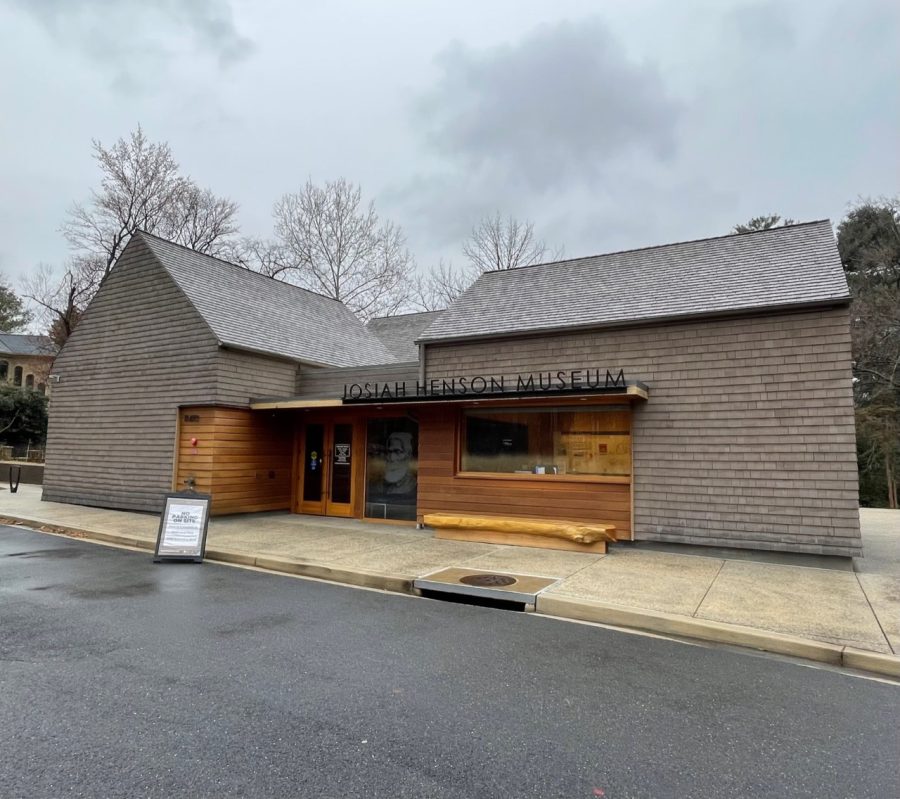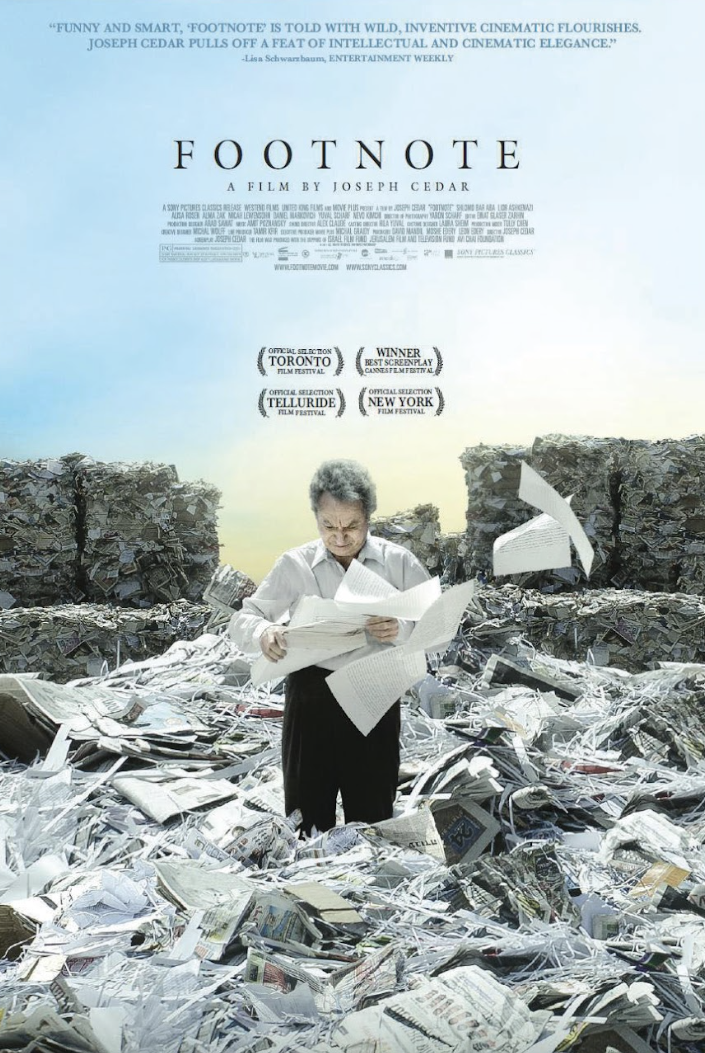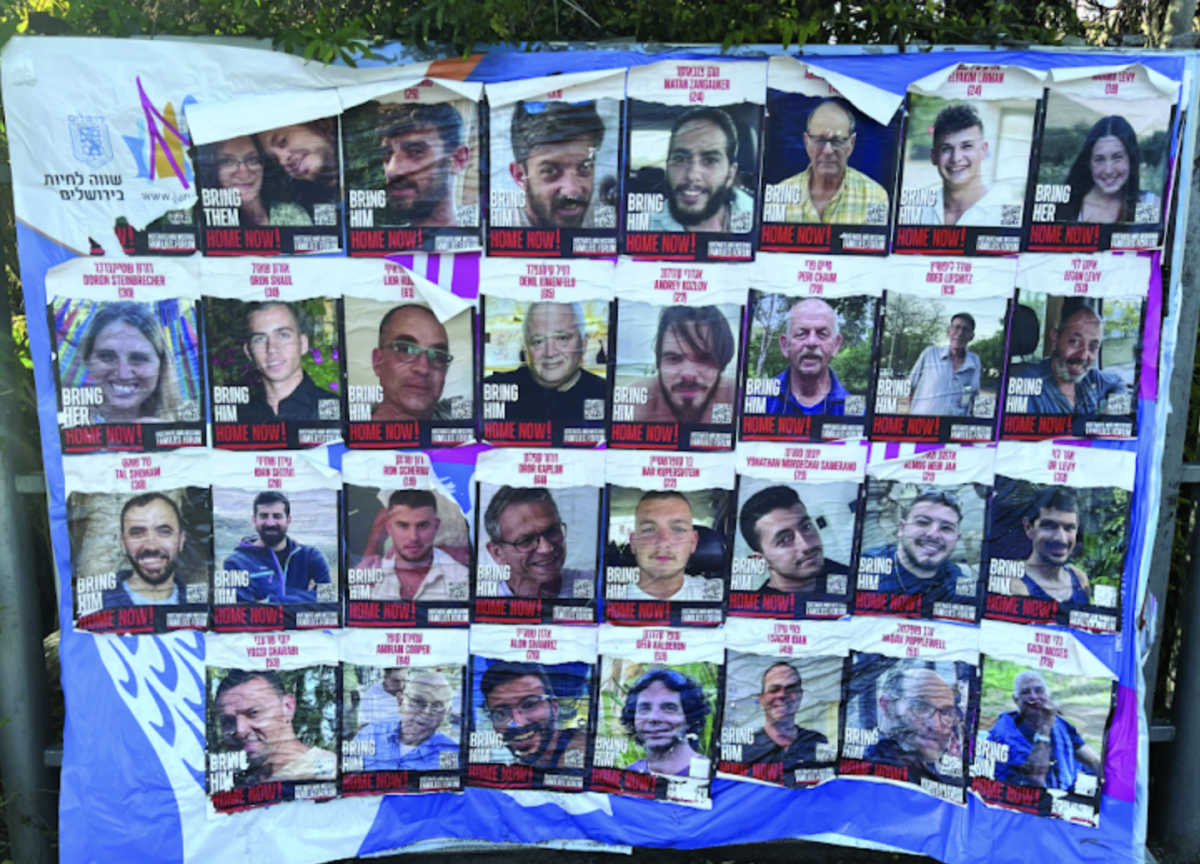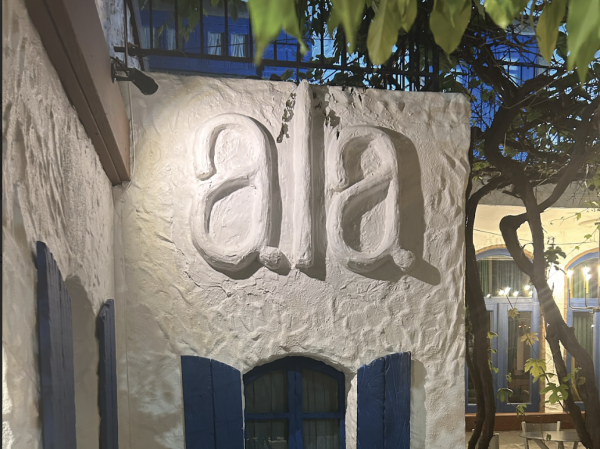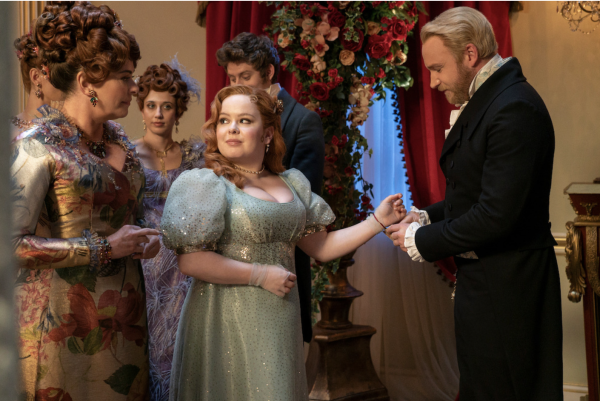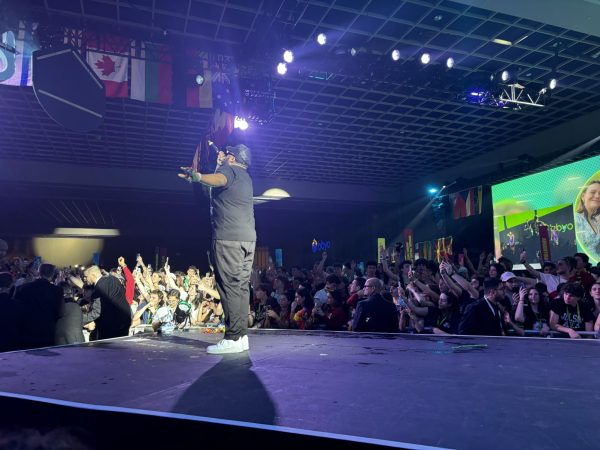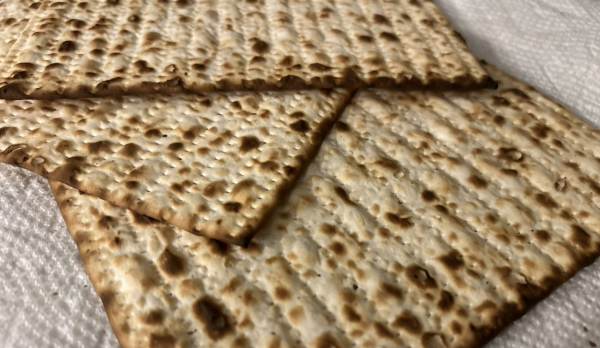A visit at the Josiah Henson Museum
The Josiah Henson Museum is around a 5 minute drive from school and is a good place to learn about racial injustice.
March 17, 2023
North Bethesda’s developments engulf Isaac Riley’s 520-acre slavery plantation, the extensive history of severe racial injustice beneath the city unknown to the residents, pedestrians, and students of Montgomery County. Aptly, the newly remodeled Josiah Henson Museum and Park resides on the mere 3.35 acres that remain of the plantation as a tribute to one of the 22 African-Americans that Riley enslaved, the resolute Josiah Henson.
The establishment is a part of the National Underground Railroad Network to Freedom program and is considered a Montgomery Park for its natural features.
Upon walking into the visitors’ center, visitors are encompassed by the natural feeling of a cabin, evoked by the bare and unfinished walls to resemble the original historic buildings surrounding the center. A timeline of Henson’s life greets you, instantly immersing us into the historic experience, spread across the wall above the gift shop’s display of products.
An expressive portrait of Henson adorns the wall beside the auditorium, which features a twelve-minute film describing Henson’s slave narrative, using the well-known novel, “Uncle Tom’s Cabin” by Harriet Beecher Stowe, as groundwork.
Following the film, the auditorium’s doors open up to the park, which provides a path, formally known as the Josiah Henson Pathway. Signs are arranged along the pathway recounting the thousands of archaeological findings excavated from the site, concluding with the original log kitchen used by the slaves. Interactive elements are offered on the back wall of the kitchen to hear slave narratives from Henson, John Thompson, Frederick Douglas and more advocates of racial injustice, further engaging visitors in the historic exploration.
The docents were very informative in presenting context for the multimedia exhibits so that visitors can comprehend the racism and detriment that Henson endured, even providing us with a Hebrew translation of “Uncle Tom’s Cabin” The exhibits feature excerpts from Henson’s diary entries and correspond with illustrations so visitors can truly visualize Henson’s experiences.
The admission is fairly priced, $4 for children ages 6 to 17, $5 for adults, and $4 for seniors, the only inconvenience that visitors will encounter is that there is no parking available on site. Parking is instead available for visitors on Wall Local Park, located in the Kennedy/Shriver Aquatic Center, for visitors of the museum. Assessing that the museum is surrounded by the Aish Center of Greater Washington and the Luxmanor neighborhood, that was surely a disappointment to begin our visit.
Ambling through the park was peaceful, letting visitors move at their own pace towards the exhibits at the end of the path. The displays were appropriately unsettling, emulating Henson’s intense experiences as a slave, yet managed to empower us with the abolitionist’s ambition.
The museum awakened us to the history behind its location, providing original architecture from the plantation’s establishment, enhanced with an extension added in 1939. I felt enlightened and cultured by the experience and any questions that I asked were satisfied by the docents. I would recommend visiting this historical immersion to learn about Maryland’s history of slavery, and to grasp Henson’s life as an abolitionist through the interactive exhibits and park.


